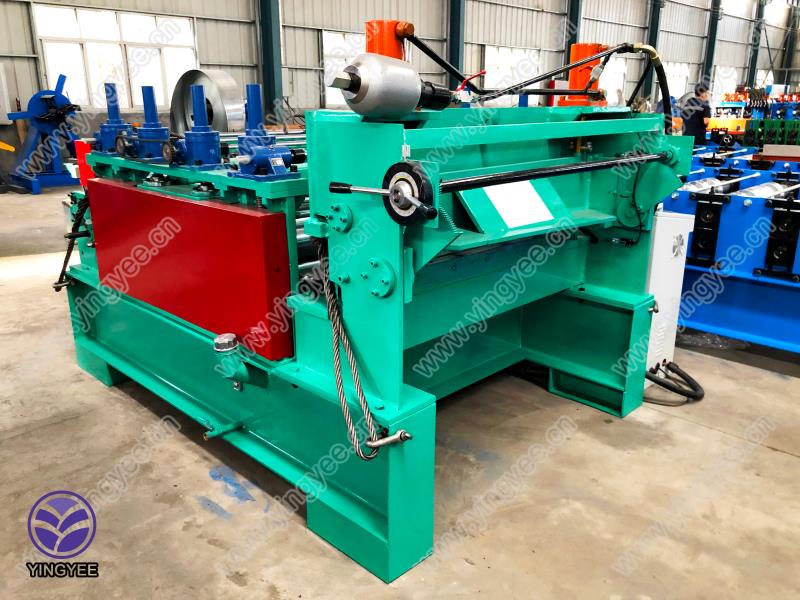
The Metal Beam Guardrail Cold Bending Machine Enhancing Safety with Precision Engineering
In the world of civil engineering and safety infrastructure, the importance of guardrails cannot be overstated. Among the various types of guardrails, metal beam guardrails are widely recognized for their robust design and ability to absorb impact, thereby protecting vehicles and pedestrians alike. However, the effectiveness of these guardrails largely depends on their structural integrity, which is where the metal beam guardrail cold bending machine comes into play.
Understanding Cold Bending Technology
Cold bending is a process that allows the shaping of metal without applying heat. This technique is particularly advantageous when it comes to maintaining the mechanical properties of the metal. By avoiding heat, cold bending ensures that there is no alteration to the metal's internal structure, resulting in materials that are both strong and resilient. The metal beam guardrail cold bending machine employs this technology to create guardrails that are not only effective in preventing accidents but are also consistent in quality and reliability.
The Functionality of the Cold Bending Machine
The primary function of a metal beam guardrail cold bending machine is to shape metal beams into various geometries required for guardrail installations. The machine typically features several key components, including
1. Rollers These are used to pass the metal beam through, gradually bending it into the desired shape. 2. Controls and Settings Modern machines come equipped with digital interfaces that allow operators to input specific measurements and adjust settings for different types of bends. 3. Feeding Mechanism This component ensures that the metal beam is fed into the machine smoothly and continuously. 4. Cutting Tools After bending, the guardrail may require trimming to specific lengths, and this is where cutting tools are employed.
Advantages of Using a Cold Bending Machine
1. Precision and Efficiency One of the most significant advantages of using a cold bending machine is the precision it offers. Operators can achieve exact angles and dimensions, which is essential for the structural integrity of guardrails. Additionally, the speed of the machine allows for high production rates, meeting the demands of large-scale construction projects.

2. Cost-Effectiveness Cold bending machines reduce the need for additional processes like welding or heating, which can be both time-consuming and expensive. This efficiency translates to lower operational costs for manufacturing facilities.
3. Durability and Strength The cold bending process enhances the physical properties of the metal. As a result, guardrails produced through this method are often more durable than those made through hot bending, ensuring longer service life and better performance over time.
4. Flexibility in Design A cold bending machine can handle various materials and sizes, making it easy for manufacturers to produce custom guardrails to meet different safety standards or client specifications.
Applications and Impact on Safety
Metal beam guardrails are an essential feature on highways, bridges, and parking lots, significantly enhancing safety for transportation systems. The guardrails are designed to redirect vehicles and absorb impact during accidents, minimizing damage to vehicles and reducing the risk of injury to occupants. With the precision engineering provided by cold bending machines, the quality and efficacy of these guardrails are greatly improved.
As infrastructure projects continue to evolve, the demand for advanced machinery like metal beam guardrail cold bending machines will only increase. By optimizing the production of metal guardrails, these machines play a pivotal role in advancing public safety measures and supporting the long-term sustainability of transportation infrastructure.
Conclusion
In summary, the metal beam guardrail cold bending machine is an essential tool in the production of safe, durable, and efficient guardrails. By leveraging cold bending technology, manufacturers can provide high-quality products that enhance safety for vehicles and pedestrians alike. As we continue to prioritize safety in our infrastructure, the role of such innovative machines will only become more vital in shaping a secure environment for all.